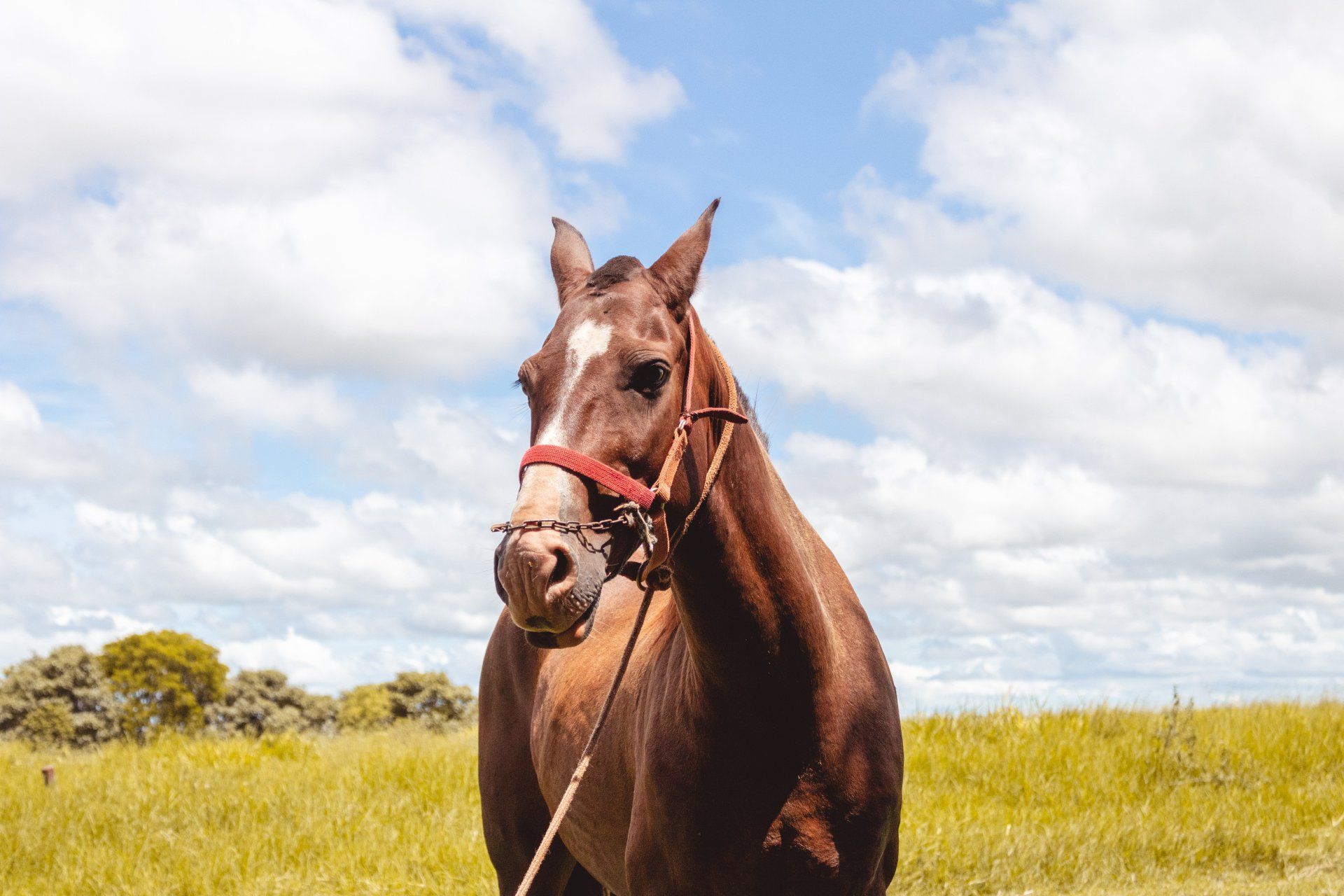Canine Behavior: Separation Anxiety (What is it?)
Definition : Abnormal, often destructive behavior, that is present when your dog does not like to be apart from you. The actual separation distance can vary, ranging from you leaving the house to just being left in another room. It is sad when a dog lacks so much self confidence that they can't just enjoy themselves when you walk in another room.
Many pet owners get so frustrated with the behaviors that it strains a once positive relationship. Separation anxiety and inappropriate urinations are two of the top reasons that owners end up relinquishing their pets to places like the Summit County Dog Warden and other local shelters in and around Akron, Norton and Barberton. If your dog exhibits signs of Separation Anxiety, we encourage you to seek help. This will help to deter and modify the behavior before it becomes more difficult to treat.
This is truly an understatement: Separation Anxiety is a major problem. Pet parents complain that their dog is disruptive or destructive when left alone. Separation anxiety can be triggered when a dog becomes upset because of separation from the people that they consider their family unit. Dogs are natural pack animals, running in a social setting that is natural to them. When a dog is left alone, he or she may begin to get anxious. This can occur whether he or she is completely alone in the house or simply alone in an adjacent room. This often is demonstrated by drooling, licking of the lips and anxiety when his/ her parents are getting ready to leave the house. Once left alone, attempts by dogs with separation anxiety to escape are often extreme. These escape behaviors may result in self-injury and household destruction, especially around exit points like windows and doors.
Dogs that suffer from separation anxiety may become agitated when their parents get ready to leave. There are many cues and clues that we give off that tell our dog that we are getting ready to leave. Examples include putting your coat on, getting your shoes on, rattling your keys, opening a specific door and even that morning cup of coffee. Some dogs may go as far as to try to block your attempts to leave by barking or getting under your feet or in the way as you prepare to leave. Most of the time, separation anxiety behavior will begin right after the owner leaves. Your dog may begin barking and showing other distress signs within minutes.
Treating separation anxiety is a complicated issue. There are many layers that are involved and will be covered in a future article. Most of these techniques incorporate behavior modification with medical management. We strive to use the medication as a starting point, but our goal is to discontinue the medication eventually. Regardless the specific treatment methods, the goal is to resolve the dog’s underlying anxiety by teaching him to tolerate, even enjoy, being left alone. Many desensitization methods are available and can be tried as a trial and error to see which ones are most effective for each case.
Published for use on the Akron Barberton Veterinary Clinic website along with our others partner clinics: Seville Wadsworth Veterinary Clinic and Orrville Veterinary Clinic.
Article written by Gregory A. Roadruck D.V.M. and Jeffrey R. Fink D.V.M.












